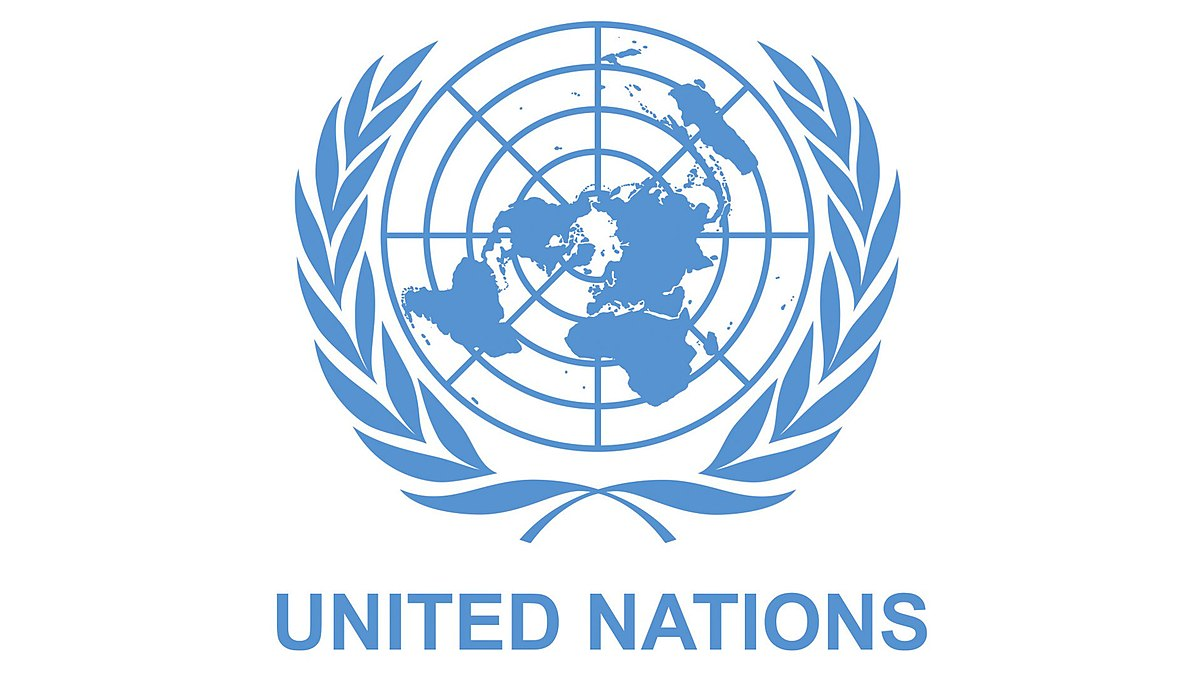An “inhumane” health and humanitarian situation now prevails across besieged Gaza with conditions continuing to deteriorate, the head of the UN World Health Organization (WHO) warned Wednesday, amid escalating Israeli attacks against the enclave.
“Gaza has become a death zone,” Tedros Adhanom Ghebreyesus, WHO Director-General told reporters at a press briefing in Geneva.
“Much of the territory has been destroyed. More than 29,000 people are dead; many more are missing, presumed dead; and many, many more are injured,” he added.
Across the war-ravaged Gaza Strip, severe malnutrition has shot up dramatically since October 7, from under one per cent of the population, to over 15 per cent in some areas.
“This figure will rise the longer the war goes on and supplies [are] interrupted,” Tedros said, expressing deep concern that agencies such as the World Food Programme (WFP) were unable to access the north.
The WFP suspended its aid deliveries there due to lack of security for both humanitarian personnel and those seeking assistance.
“What type of world do we live when people cannot get food and water, and when people who cannot even walk are unable to receive care?” he lamented.
“What type of world do we live in when health workers are at risk of being bombed as they carry out their life saving work [and] hospitals must close because there is no more power or medicines to help save patients?”
He underscored the need for an immediate ceasefire, for hostages to be released, the guns to fall silent, and unfettered humanitarian access.
Over the past three days the UN health agency and partners carried out several emergency missions to the Nasser medical complex in Khan Younis, southern Gaza, to evacuate critically ill patients, including children.
“With the intensive care units no longer working, WHO helped move patients, many of whom cannot even walk,” Tedros said.
Around 130 sick and injured patients and at least 15 doctors and nurses remain in the hospital, amidst ongoing Israeli military operations, no electricity and running water and dwindling lifesaving medical supplies, it was pointed out.
The WFP, in a statement, said, “The decision to pause deliveries to the north of the Gaza Strip has not been taken lightly, as we know it means the situation there will deteriorate further and more people risk dying of hunger.”
“WFP is deeply committed to urgently reaching desperate people across Gaza but the safety and security to deliver critical food aid — and for the people receiving it — must be ensured,” the release continued.
Another United Nations agency, UNICEF, published a study this week that found 1 in 6 children younger than 2 years old in northern Gaza are malnourished. Three percent of that group are experiencing wasting, which means being severely underweight for their age and height.
The WFP said it resumed deliveries Sunday following a three-week suspension due to a strike on a UN relief truck and “the absence of a functioning humanitarian notification system”.
The agency said it was sending 10 trucks with food each day for a week in an attempt to “stem the tide of hunger and desperation and to begin building trust in communities that there would be enough food for all”.
But as it started on its route to Gaza City, “the convoy was surrounded by crowds of hungry people close to the Wadi Gaza checkpoint”.
“First fending off multiple attempts by people trying to climb aboard our trucks, then facing gunfire once we entered Gaza City, our team was able to distribute a small quantity of the food along the way,” the WFP’s release said. “On Monday, the second convoy’s journey north faced complete chaos and violence due to the collapse of civil order.”
“Several trucks were looted between Khan Younes and Deir al Balah and a truck driver was beaten,” it added. “The remaining flour was spontaneously distributed off the trucks in Gaza City, amidst high tension and explosive anger.”

